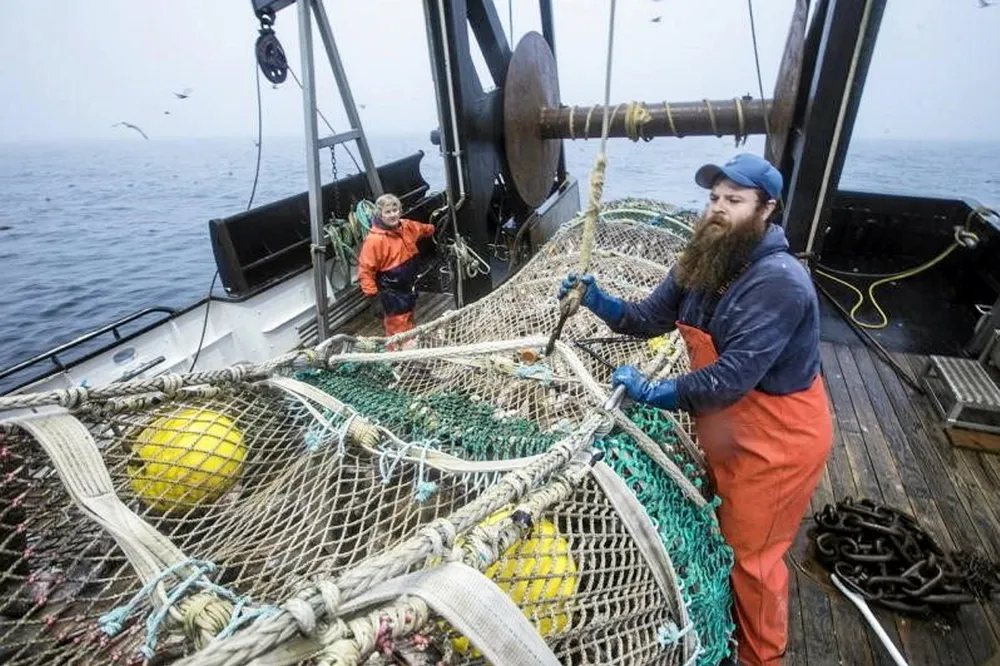US Biden administration announces 3.1GW floating wind lease auction off Oregon in October
Round in deep waters of Pacific Northwest follows 6.3GW sale in Central Atlantic and furthers sector aspirations before November election

The auction by the Bureau of Ocean Energy Management (BOEM) under the Interior Department follows the 6.3GW round earlier this month in the Central Atlantic that netted some $93m for the federal government.
“The Interior Department has worked diligently to support the undeniable enthusiasm for a clean energy transition that will help address the climate crisis and create good-paying, family-sustaining jobs in every corner of America,” said Interior Secretary Deb Haaland.
The 61,203-acre Coos Bay WEA located 32 miles (52 km) off Coos Bay, Oregon, holds at least 991MW, while the 133,792-acre Brookings area just north of the maritime boundary with California some 18 miles from shore has around 1.16GW.
All areas are in deep waters exceeding 1,000-metres, requiring floating platforms.
“Today’s announcement reflects the tireless work of so many people throughout Oregon and Pacific Northwest.” said BOEM director Elizabeth Klein.
“By working together, we will unlock a future where clean energy and shared prosperity go hand in hand, combating climate change while creating opportunities for all.”
Floating in the frame
The Oregon auction is the second focused exclusively on floating wind following the round off California in December 2022 that saw five leases in two WEAs sell for $757m.
Oregon is targeting 3GW of floating wind by 2030, while California has much larger goals of 2-5GW by 2030 and 25GW by 2045.
BOEM is planning on a third floating wind round later this year in the Gulf of Maine holding some 15GW of potential capacity.
The Biden administration's target of 15GW of floating capacity by 2035 hinges on costs declining by 70% to around $45/MWh.
The laboratory, part of the Department of Energy, highlighted inflation and interest rates as well as slow start for the sector resulting in lower-than-expected deployment resulting in higher costs
“Generally, floating offshore wind costs are predicted to decrease through 2050 as the industry matures,” NREL said in its study.
Costs won’t be the only obstacle to development, though, and with little more than 4 million residents across a sprawling area, Oregon lacks industrial infrastructure or load centres to support a large-scale floating wind sector.
The rapid pace of leasing as well as project approvals by the Biden administration reflects political uncertainty as Vice President Kamala Harris, Democratic candidate for the presidency, is in a tight race with Republican challenger, former president Donald Trump.